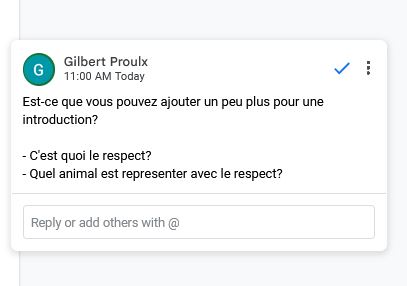The framework and tools used for classroom assessment can have significant impacts on teacher practices and student achievement.
Neumann et al. (2019)
As I start writing this post, I am somehow singing the tune, “Grandpa, tell me about the good old days”. In this case, I am Grandpa… Do you remember what school was like for you growing up? The farthest back I can look is a copy of my great uncle Paul’s report card, growing up in Lestock, Saskatchewan. He had a C- average, was ranked #1 in his class, and the only comment from the teacher was, “Paul needs to do better”.
I think back to my own Elementary days. Report cards were handwritten, rubrics weren’t sent home, and the comment line at the end of the report card was barely enough for a Haiku. Assignments were graded with a letter grade, and then a simple word like “good”, “great”, or “excellent”. I have a vivid memory of being in Art class in Grade 9, and getting a 74% on a project, and being really hurt because I put a lot of work into it, but had no clear feedback as to what I could have done better.
As I reach the halfway point of my career, I look to where assessment practices started, where they are, and the potential of where they are going.
Classroom assessment refers to a practice wherein teachers use assessment data from a variety of tools or products to document and enhance student learning.
Neumann et al. (2019)
I love being able to integrate technology into my assessment practices. Edsby is a great tool for providing immediate feedback, comments, or even learning stories that parents can see what their students are doing at school. As Neumann et al. (2019) discuss, assessment has moved into a sophisticated practice that certainly could not be seen back in the day.
One of my favourite uses of technology in the classroom is providing real-time feedback. As mentioned in tech.ed, this real-time feedback allows teachers to become more in tune with students abilities, and provide valid and instantaneous feedback to help them correct. This is an incredible tool to use, which helps students correct mistakes before it’s too late. This week, I didn’t use a different form of feedback, but I wanted to highlight the benefits of using comments in Google Docs to help facilitate the writing process with students. My Grade 7 class were working on a drama project, and writing their projects on Google Docs allows me to watch what they’re writing and provide feedback for them as they are writing.



A fairly seamless tool, I believe it is useful for the students as it fine tunes their work and allows them to work to the best of their abilities. Potential issues that could be run into is the accessibility piece – I need to make sure that I have chrome books available for students every time I have that class. It also means I need to be cognizant of when I do these projects, and can’t do them with all of my classes at the same time, because the chrome books need to be available for other classes too. I also think to lower SES schools that may not have as much access to technology or the capabilities to use google docs. This of course continues that widening of the digital gap. Overall, I see technology for assessment practices as a very positive thing that will help to elevate student learning and feedback.
One response to “Good job”
I agree with your thought that Technology is playing a good and interesting role in providing feedback to students. Feedback can be made even more effective and useful using technology. Student learning is highly influenced by feedback. Prompt, specific and timely feedback enables students to identify, rectify and learn from their mistakes. It also reinforces and shows appreciation for the good work and effort put in, in turn motivating and enhancing students’ interest in learning.
LikeLike